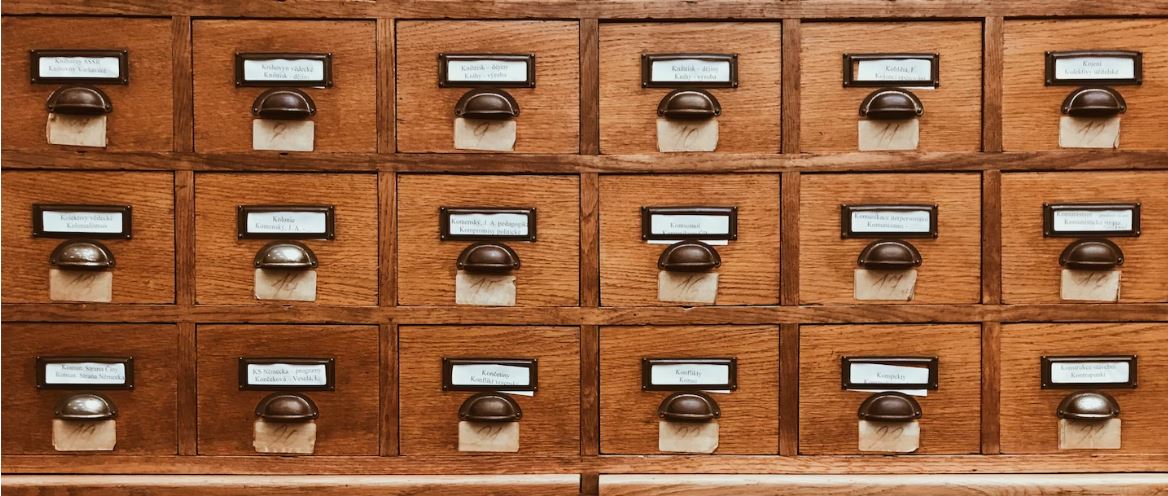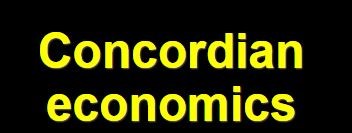Note: There are a number of errors in the analysis. A new article will be posted with the correct analysis. This post will remain. The reason is that this series of blog articles constitutes my “research notebook.” As anyone trained in science or engineering will tell you, a research notebook is a chronological record of work. When errors are made, they are noted but not crossed out or removed. Removing any part invalidates the research record. So Part 13 of this series will be a replacement for Part 12.
In previous posts in this series, we have looked at what can be learned by looking at the time series data for U.S. federal government spending and consumer inflation (CPI). We have failed to find systemic consistency in the correlation between these two data sets. In the most recent effort,1 we isolated those data points belonging to periods of significant inflation and significant disinflation/deflation. Even that partitioning of the data did not yield the systemic patterns sought. This brings us to see what can be learned by studying each period of significant inflation changes individually.

From a photo by Jan Antonin Kolar on Unsplash






 The Federal Reserve data release (Z.1 Flow of Funds) – which provides insight into the finances of the average household – shows a decline in average household net worth and an improvement in income. Our modeled “Joe Sixpack” – who owns a house and has a job, but essentially no other asset – is worse off than he was last quarter.
The Federal Reserve data release (Z.1 Flow of Funds) – which provides insight into the finances of the average household – shows a decline in average household net worth and an improvement in income. Our modeled “Joe Sixpack” – who owns a house and has a job, but essentially no other asset – is worse off than he was last quarter.

